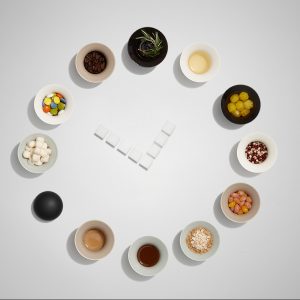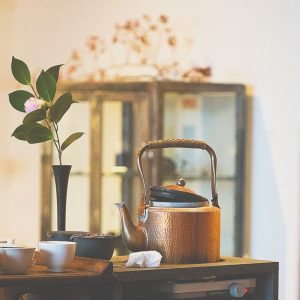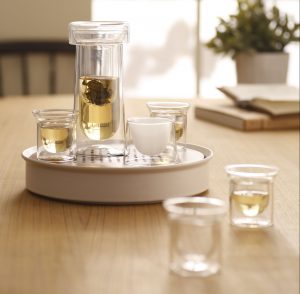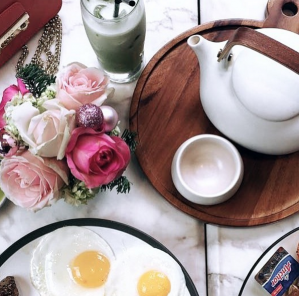Tea leaves, water, and a few guidelines are all you need to brew a great cup.
How long you steep your tea and the temperature of the water you use make all the difference when it comes to preparing the perfect cup of tea, and there are a few general guidelines worth sticking to. For example, if you don’t let the leaves sit in the water long enough, you’ll get a weak tea; if you steep leaves for too long, the results can be even more unfortunate.
“Oversteeping results in a very strong, bitter-tasting cup of tea,” says Shabnam Weber, a tea sommelier (yes, there is such a thing) and president of the Tea & Herbal Association of Canada. “Green teas will steep the fastest and become bitter, followed by black and oolong. White teas, I find, don’t actually become bitter, so I don’t think I would even refer to oversteeping when it comes to this category of tea,” Weber says. Herbals may be easier to get right because if you steep them for a long time, they’ll just get stronger.
According to the Tea Association of the U.S.A., about 84 percent of all tea consumed is black tea, from Lipton tea bags to Arizona Iced Tea to the English staple PG Tips (Amazon) to Earl Grey, maybe to even pricier black tea grown on volcanic ash in Hawaii.
Common Black Tea
Best water temperature: 205° F to 212° F
Optimal steep time: 3 to 5 minutes
What to add: Cow’s milk (I froth mine), plant-based milk, sugar, or honey
Tea experts like Vennie, who outlined many of the suggested water temperatures and steep times here, agree that just-boiled water is suitable for pouring over black tea. But there are exceptions.
Masala Chai
Best water temperature: Add directly to a pot of boiling water (212° F)
Optimal steep time: Boil for 2 to 7 minutes
What to add: Cow’s milk or plant-based milk, sugar or honey
Masala Chai is common in Indian households and is often made by actually boiling black tea leaves or bags in water, and adding cardamom, cinnamon, cloves, ginger, nutmeg, star anise, and black pepper together. You may find shortcuts like tea bags, powders like the Blue Lotus Chai Traditional Masala Chai (Amazon) in my pantry, and concentrated syrups like the Tazo Chai Concentrate (Amazon) I used as a barista in college.
Syrups like those are standardized, and they save people the trouble of worrying about time and temperature, says Saurabh Kajaria, co-founder of Trishnna Tea based in Houston. But be warned, shortcuts aren’t always ideal. “The commercial concentrates are full of sugar and preservatives,” and if you take a look at a nutrition label on one of these packages, you might decide to put it back on the shelf.
Pu Erh Tea
Best water temperature: 180° F to 195° F
Optimal steep time: 1 to 3 minutes
What to add: Nothing
Pu erh is a different type of dark tea. It’s made from camellia sinensis leaves, but unlike common black tea, which is made when leaves are oxidized, meaning exposed to air in order to dry, pu erh tea is fermented by letting it sit in piles and slightly decompose before drying, giving it a distinctly different, I’d say woodsy, flavor. The go-to in my kitchen is Golden Moon Organic Pu Erh tea. You can use pu erh tea leaves for up to five infusions, meaning you can steep the same leaves five times, and when you have a great tea, it gets better each time you steep it, Vennie says. You’ll see in many Chinese restaurants that pu erh leaves are steeped several times throughout a meal.




